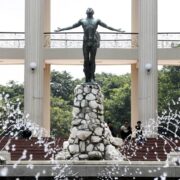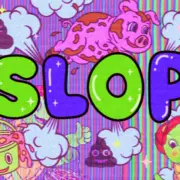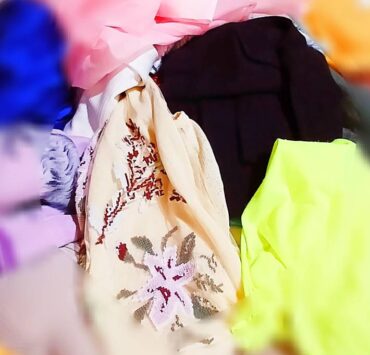The ‘daster’ becomes a walking gallery

Can the daster be a work of art? Three of the artist’s collectors recently purchased the woman’s home attire featuring his designs at prices comparable to fine art and designer dresses.
PateroSpunkS, a playful nod to Pateros (their hometown), “spunk,” and “punks,” aptly captures the cheeky spirit of self-taught artist Elmer Nocheseda and fashion designer Jojie Loren. These two homegrown Pateros artists defy convention, collaborating to push creative boundaries while celebrating their shared roots.
Curator Joseph Sedfrey Santiago presented Nocheseda’s pen-and-ink drawings from his time in Japan, alongside mixed-media tapestries that integrate shibori (Japanese tie-dyeing) with textile paint, crayon, and charcoal
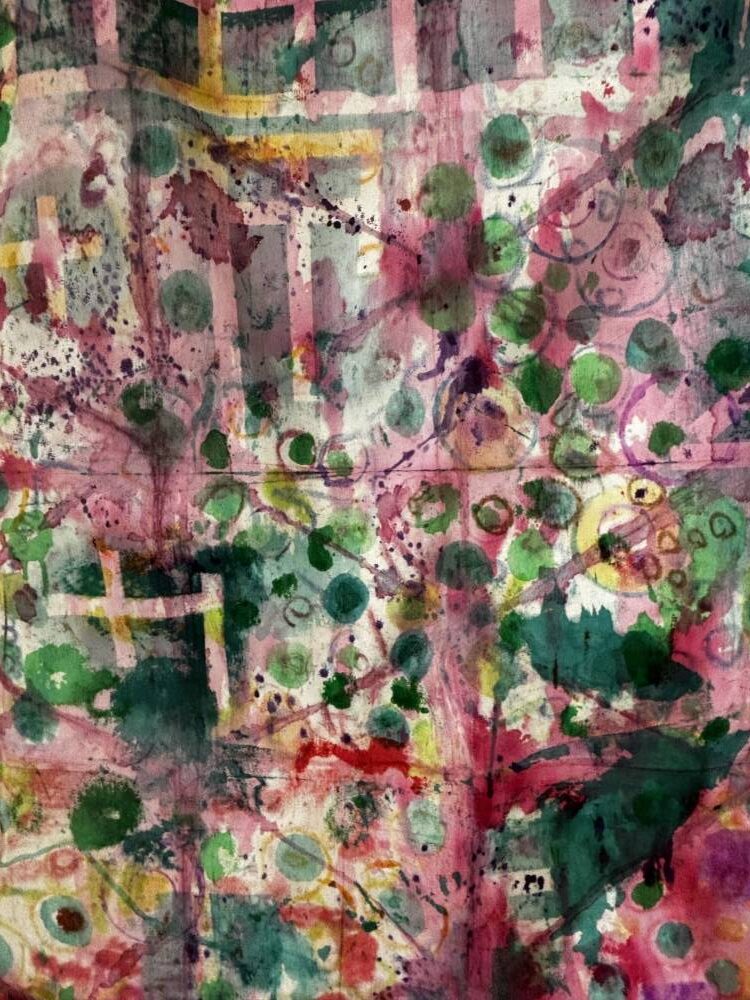
According to Santiago’s exhibit notes, during Nocheseda’s graduate studies at Tsukuba University from 1984 to 1988, he documented Tokyo’s vibrant street scenes and the 1985 Tsukuba Expo. Focusing on streetwear, a style Tokyoites have been known for, Nocheueda dubbed his sketches kutkot, doodles that captured the city’s bustling energy.
Later, while working for a Japanese trading company in the early 2000s, Nocheseda channeled his homesickness into abstract mixed media works, reflecting Tokyo’s vibe. These kutkot provided solace during this period, unknowingly coinciding with the onset of Parkinson’s disease. Though the disease has progressed, Nocheseda’s artistic drive remains undiminished, wrote Santiago.
Nocheseda’s mixed-media paintings unfold like a musical symphony. He begins either with a single, deliberate color, or tie-dying the fabric, much like a single piano key, and intuitively builds upon it. As his colors and brushstrokes interact, a dialogue emerges, culminating in a dynamic abstraction. The blend of shibori and paint colors in each painting is translated into the raw and edgy, a renewed spunk finding expression in dynamic textiles.
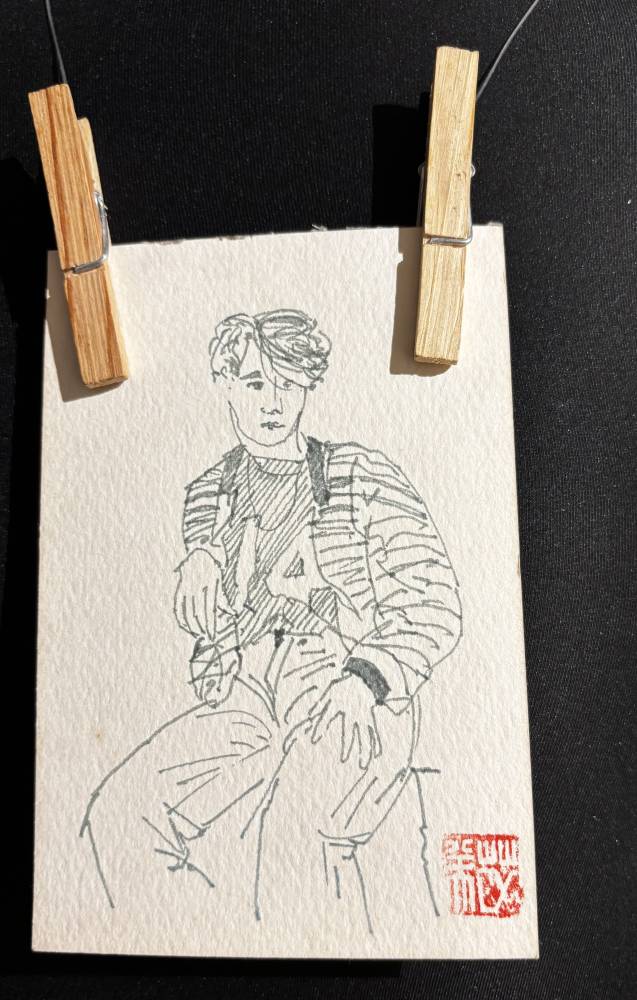
Chic at home
One day, he invited Lloren to collaborate and reimagine the humble daster, a quintessential symbol of Filipino comfort, as a high-fashion piece. These garments became canvases for Nocheseda’s artworks.
Lloren describes the daster as an “iconic” attire for Filipinos.
“The daster deserves an upgrade. You can wear this daster from the house and go out for lunch with friends. Add an accessory, and it becomes suitable for certain events, “ he says. One such attire is a pair of garterized loose pants with a crop top, adorned with an eye-catching aqua necklace.
The designer provided Nocheseda with muslin canvases for his expressive tie-dyeing and painting experiments. The fabrics returned transformed, stiffened with vibrant hues.
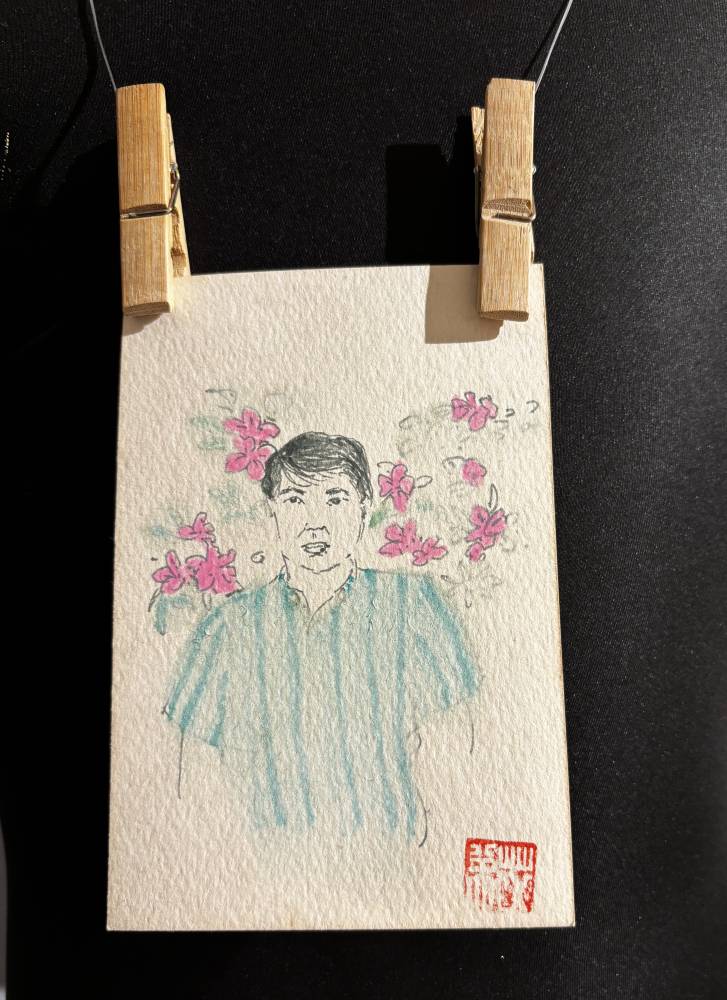
However, the artist gravitated toward a particular stiffened cotton, typically used for collars and cuffs. This unique material became the foundation for the daster with a bubble skirt silhouette. One particularly striking design features an asymmetrical back for the stylish homemaker who desires to entertain at home with effortless elegance.
Lloren acknowledges the challenges presented by Nocheseda’s limited yardage, given his condition. Undeterred, the designer embraced the constraints, crafting a different color palette for each dress and incorporating fabric salvages to achieve a deconstructed aesthetic. The final results are whimsical, structured pieces.
“Still, you can take a nap in them,” says the designer.
Lloren’s favorite artwork is the shibori textile art, a gift from the artist. “Some colors are loud,” he says, “but I loved what he did in tracing, doodling, and painting.”
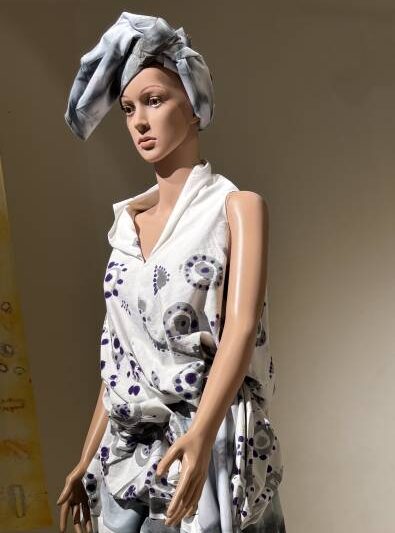
Rising popularity
Santiago explains that this exhibit not only highlights Nocheseda’s works, but also draws attention to the rising popularity of textile art. He notes that foreign museums and local galleries are increasingly showcasing textile art, elevating its status and introducing it to a wider audience.
Beyond the growing appreciation for handmade and handcrafted objects and the emphasis on sustainability, textile art offers versatility for artistic expression. Artists can explore a vast array of techniques and materials, creating original and thought-provoking pieces that challenge conventional notions of art.
Santiago himself is a dedicated collector of textile art by such Filipino visual artists, including Aze Ong, specializing in fiber; New York-based Ged Merino, who employs fragile elements; and conceptual artist Stephanie Syjuco.
PateroSpunkS embodies this evolving language of textile art, attracting a new generation of collectors. By integrating artistic expression into everyday life, PateroSpunkS invites viewers to rediscover beauty in the ordinary, where comfort blends with couture.
The exhibit will be on view until Jan. 31 at the University of the Philippines Asian Center in Diliman, Quezon City.



